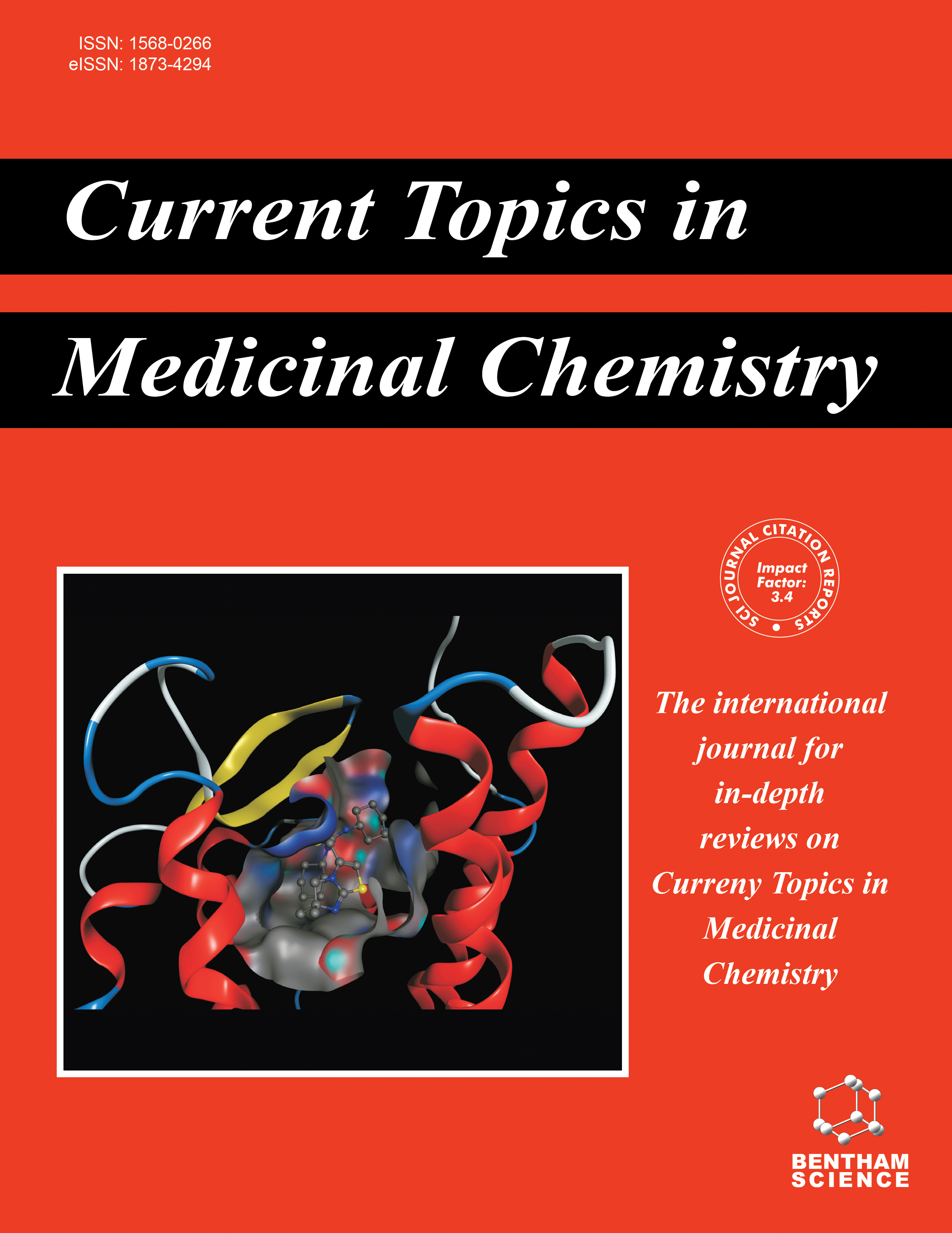
Full text loading...
Scedosporium apiospermum is a multidrug-resistant filamentous fungus that causes localized and disseminated diseases. Our group has previously described that metal-based complexes containing copper(II) or silver(I) ions complexed with 1,10-phenanthroline-5,6-dione (phendione) inhibited the viability of S. apiospermum conidial cells.
The effects of these promising complexes, [Cu(phendione)3](ClO4)2.4H2O (Cu-phendione) and [Ag(phendione)2]ClO4 (Ag-phendione), on vital biological processes, production of key virulence attributes and interaction events of S. apiospermum were investigated using a comprehensive multimodal approach.
The results demonstrated that both Cu-phendione and Ag-phendione effectively inhibited the viability of S. apiospermum mycelial cells in a dose-dependent manner. Furthermore, these test complexes, at varying concentrations, inhibited the transition of S. apiospermum conidia into hyphae. Scanning electron microscopy revealed significant structural alterations in the fungal cells, including changes to surface sculpturing and overall morphological architecture, following treatment with the complexes. A marked reduction in the expression of key surface molecules, such as mannose/glucose-rich glycoconjugates, fibronectin-binding proteins, and the well-known adhesin peptidorhamnomannan further supported these ultrastructural changes. The treatment also impaired adhesive interactions, reducing the fungus's ability to form biofilms on polystyrene surfaces and diminishing its interaction with macrophages, lung epithelial cells, and fibroblasts. Notably, treatment of infected macrophages with the complexes led to a significant reduction in the number of intracellular fungal cells.
The results provide information about the effects of silver- and copper-phendione complexes on cellular and virulence aspects of the emerging fungus S. apiospermum.

Article metrics loading...

Full text loading...
References


Data & Media loading...

